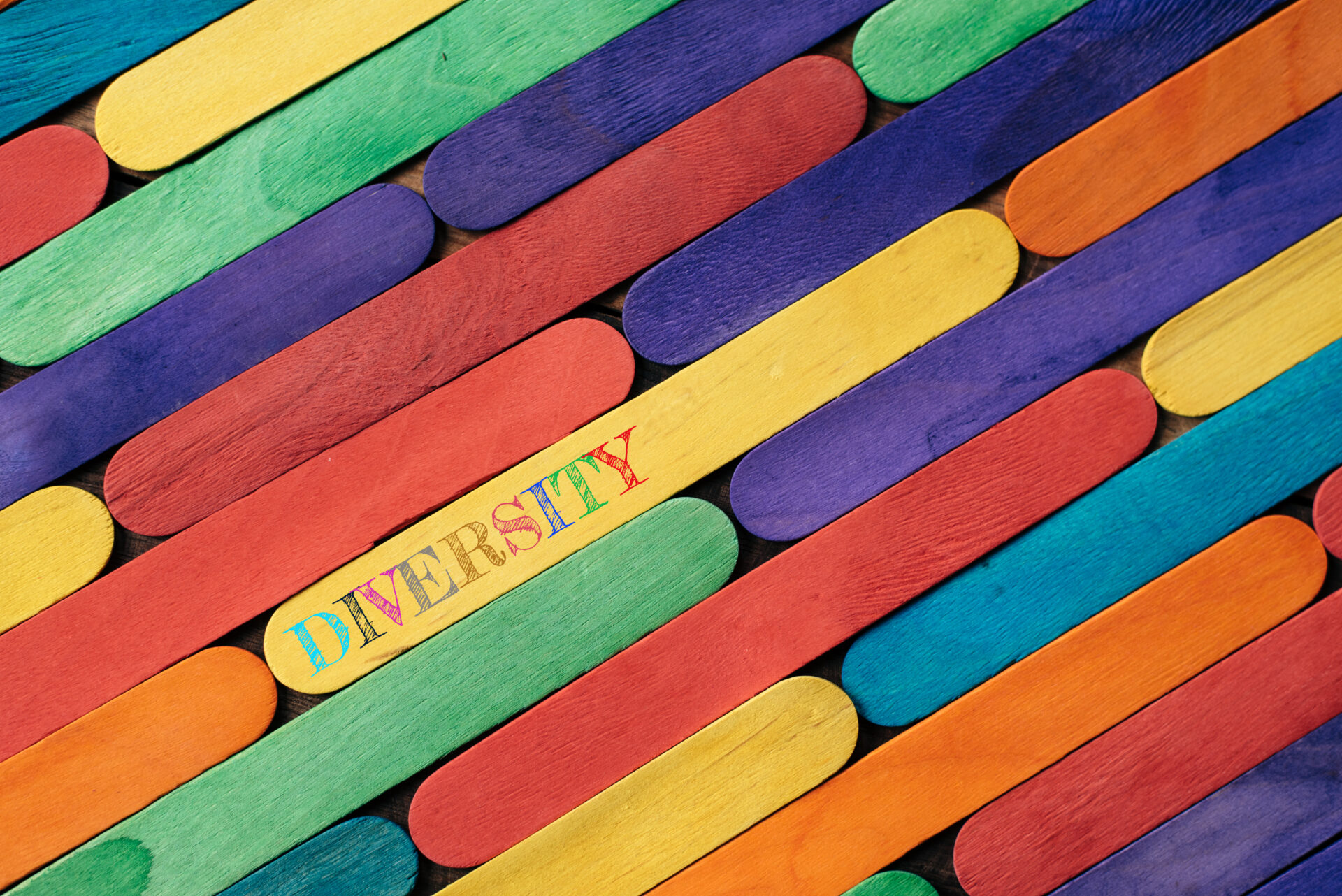D is for … Diversity
How diverse is the publishing industry?

How diverse is the publishing industry? A recent survey by Publishers Weekly in the US suggests that, although publishing became a little more diverse in 2018 than in the previous year, it still has a long way to go. According to PW’s statistics, 84% of publishing employees are white/Caucasian, with the next largest group being Asians at 5% of the total. There is also a difference in perception about how much progress is being made in this area, with 50% of white respondents believing that good progress has been made, compared to 44% for people of colour.
And diversity is not only a challenge when it comes to the workplace. Educational materials need to address the diversity of the classroom, too. What are the differences that exist within any given group of students? How can we begin to recognise them and treat them as strengths that can be used productively rather than problems to be solved (or even avoided)?

In the classroom, for example, giving students space to talk about their differences in a safe and tolerant environment can allow them to express what is really important to them and what is at the heart of what makes them who they are. Part of this is culture but, at root, diversity is about identity: the ability to express our identities as well as to respect and appreciate the identities of those around us. These are skills that can be improved with practice.
How can coursebooks and other learning materials help with this? First, by reflecting the diversity of the classroom, and life outside the classroom, in their pages. This is partly about avoiding stereotypes, such as old-fashioned gender roles. Simple things like checking that photographs and illustrations are not biased in any particular direction can help, but if this is all we do there is a risk that it will become tokenism. Celebrating and exploring diversity is also about making sure that young people of different ethnicities, genders and orientations see role models they can identify with, and don’t come to view their identity as a limitation, or conversely, as simply ‘the norm’.
As well as informing coursebook content in general, diversity can be a topic in its own right. Encouraging students to notice and discuss issues of diversity can be a great way to engage their critical thinking skills, especially as these issues are often bound up with concepts of fairness and social justice.
At root, diversity is about identity.
Another important diversity-related issue for educational publishers is how to create learning materials that are accessible for users with disabilities, such as visual or motor skill impairments. The trend towards digital and online learning products presents an opportunity to include features that make materials more accessible, such as screen reader compatibility or support for keyboard users. Organisations like The A11Y Project are at the forefront of helping publishers to make their online offerings as accessible as possible.
Finally, the diversity of human brains and minds is sometimes referred to as neurodiversity. Viewing conditions which have sometimes been medicalised, such as autism and dyslexia, as examples of ‘neurodivergence’ instead can help to reduce the stigma and prejudice experienced by people whose brains function differently to the way that society treats as ‘normal’. Since it is estimated that around 1 in 7 people are neurodivergent, it is clearly important that educational publishers take this diversity into account in their materials. As an example, this article discusses how to make language learning materials easier to engage with for dyslexic learners.
Diversity, then, is a theme that touches on many important issues in educational publishing. Having a publishing workforce that is reflective of wider society might be the best first step to ensure that diversity is not overlooked when it comes to content.

Contact us
We'd love to hear from you and promise to contact you asap. Either fill in our quick and easy form below or email [email protected]

The Content Station is your trusted educational publishing team. Our local experts across the globe can deliver on any brief.

